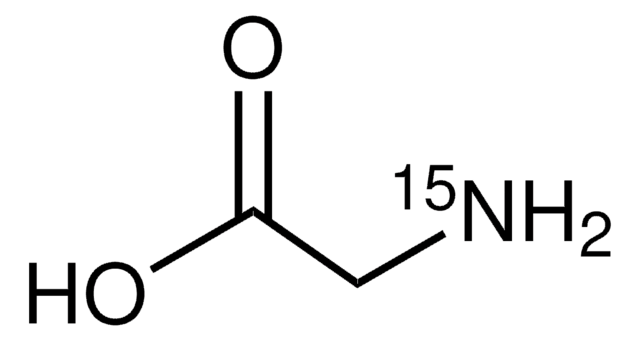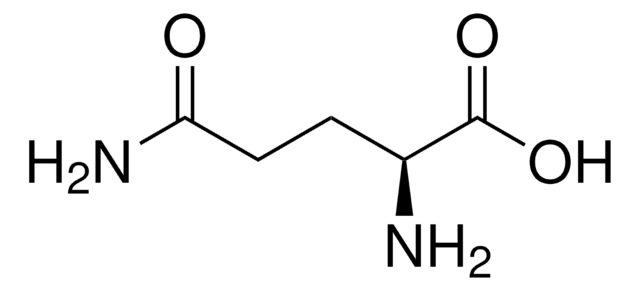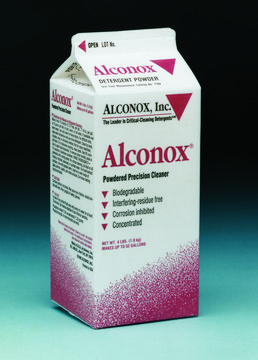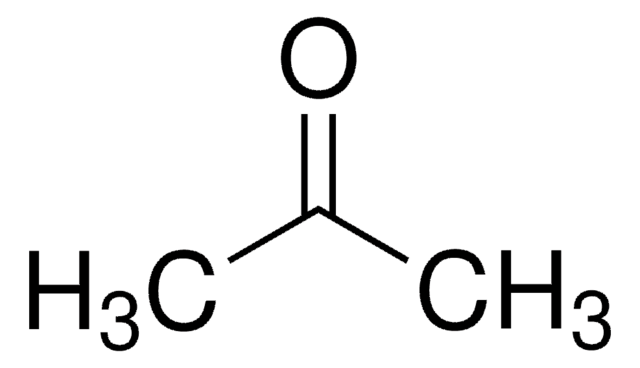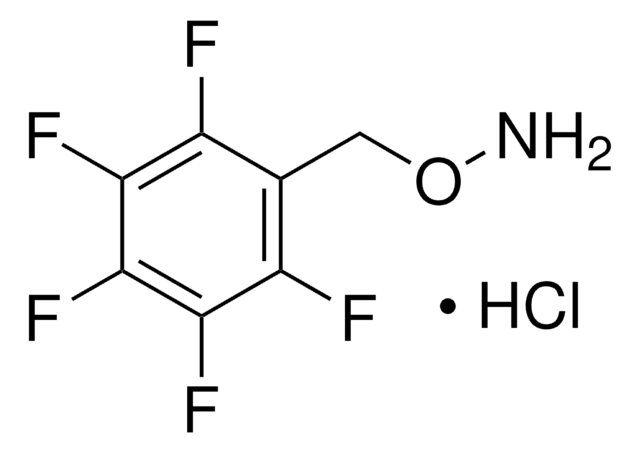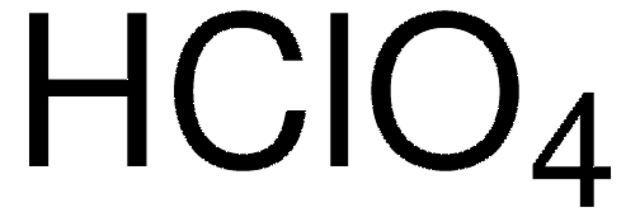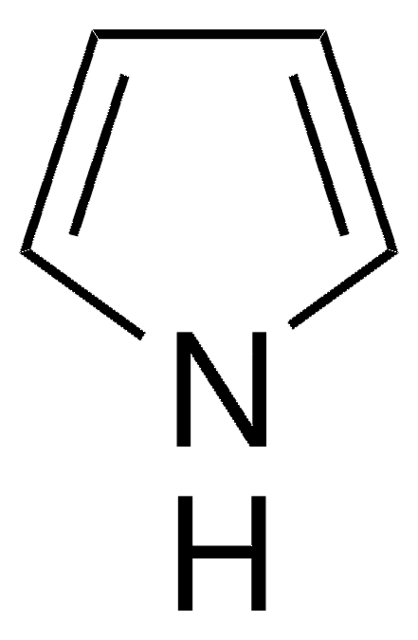All Photos(1)
About This Item
Empirical Formula (Hill Notation):
C12H22O2
CAS Number:
Molecular Weight:
198.30
MDL number:
UNSPSC Code:
12352100
PubChem Substance ID:
NACRES:
NA.22
Recommended Products
Quality Level
Assay
98%
form
liquid
refractive index
n20/D 1.472 (lit.)
bp
150-151 °C/23 mmHg (lit.)
mp
2-3 °C (lit.)
density
0.981 g/mL at 25 °C (lit.)
functional group
ester
SMILES string
O=C1CCCCCCCCCCCO1
InChI
1S/C12H22O2/c13-12-10-8-6-4-2-1-3-5-7-9-11-14-12/h1-11H2
InChI key
DQGSJTVMODPFBK-UHFFFAOYSA-N
Looking for similar products? Visit Product Comparison Guide
General description
Oxacyclotridecan-2-one is a lactone (lauryl lactone). It is formed by the Baeyer-Villiger oxidation of cyclododecanone.
Application
Oxacyclotridecan-2-one may be used in the synthesis of fatty acid derivative, (E)-11-methyl-12-octadecenoic acid.
Signal Word
Warning
Hazard Statements
Precautionary Statements
Hazard Classifications
Eye Irrit. 2 - Skin Irrit. 2 - STOT SE 3
Target Organs
Respiratory system
Storage Class Code
10 - Combustible liquids
WGK
WGK 3
Flash Point(F)
235.4 °F - closed cup
Flash Point(C)
113 °C - closed cup
Personal Protective Equipment
dust mask type N95 (US), Eyeshields, Gloves
Choose from one of the most recent versions:
Already Own This Product?
Find documentation for the products that you have recently purchased in the Document Library.
N M Carballeira et al.
Lipids, 33(6), 627-632 (1998-07-09)
The fatty acid composition of a Pseudomonas sp. (Alteromonas) and its host, the dinoflagellate Ostreopsis lenticularis, vectors in ciguatera fish poisoning, has been studied. The major fatty acids in O. lenticularis were 16:0, 20:5n-3, and 22:6n-3, but 18:2n-6, 18:3n-3, and
K Kostichka et al.
Journal of bacteriology, 183(21), 6478-6486 (2001-10-10)
Biological oxidation of cyclic ketones normally results in formation of the corresponding dicarboxylic acids, which are further metabolized in the cell. Rhodococcus ruber strain SC1 was isolated from an industrial wastewater bioreactor that was able to utilize cyclododecanone as the
Coraline Simon et al.
Toxicology in vitro : an international journal published in association with BIBRA, 37, 121-133 (2016-10-19)
Endocrine activity of 65 compounds migrating from polycarbonate replacement plastic baby bottles was assessed using in vitro cell based assays (reporter gene assays) involving 7 nuclear receptors, i.e. human steroid hormones receptors (oestrogen, androgen, progesterone and glucocorticoid receptors), human thyroid
Matthias Onghena et al.
Food additives & contaminants. Part A, Chemistry, analysis, control, exposure & risk assessment, 31(12), 2090-2102 (2014-11-20)
In 2011, the European Union prohibited the production of polycarbonate (PC) baby bottles due to the toxic effects of the PC monomer bisphenol-A. Therefore, baby bottles made of alternative materials, e.g. polypropylene (PP) or polyethersulphone (PES), are currently marketed. The
Our team of scientists has experience in all areas of research including Life Science, Material Science, Chemical Synthesis, Chromatography, Analytical and many others.
Contact Technical Service